#charles curtis
Text

Portrait of Charles Curtis Strauss Peyton, Kansas City, Missouri, Public domain, via Wikimedia Commons
In 2021, Senator Kamala Harris made history as the first woman, first African American, and first person of South Asian heritage to become vice president of the United States. But she wasn’t the first person of color to take the office. That honor belongs to Charles Curtis, an enrolled member of the Kaw Nation who served as President Herbert Hoover’s veep for his entire first term from 1929 to 1933. Prejudice against Native Americans was widespread and intense at the time, but Curtis’s ascent to the office speaks to his skillful navigation of the political system. His rise also tells a broader story of how prominent Native Americans viewed how their communities should assimilate within a predominately white society and government. The policies Curtis pursued in Congress and then as vice president, specifically those on Native issues, cloud his legacy today despite his groundbreaking achievements.
Curtis was born in 1860 to a white father from a wealthy Topeka family and a mother who was one quarter Kaw (a tribe also known as Kanza or Kansa). When he was young, Curtis’ mother died, and his father fought in the Civil War for the United States. Growing up, he spent time living with both his sets of grandparents and for eight years, he lived on the Kaw reservation. Curtis grew up speaking Kanza and French before he learned English.
Mark Brooks, site administrator for the Kansas Historical Society’s Kaw Mission site, says Curtis was known for his personal charisma.
“He had a knack for conversation,” Brooks says. “He was just a very likeable person even early on when he was just a young boy in Topeka.”
In 1873, the federal government forced the Kaw south to Indian Territory, which would later become Oklahoma. The adolescent Curtis wanted to move with his community, but, according to his Senate biography, his Kaw grandmother talked him into staying with his paternal grandparents and continuing his education.
“I took her splendid advice and the next morning as the wagons pulled out for the south, bound for Indian Territory, I mounted my pony and with my belongings in a flour sack, returned to Topeka and school,” Curtis later recalled, in a flourish of self-mythologizing. “No man or boy ever received better advice, it was the turning point in my life.”
Curtis gained some fame as a talented horse rider, known on the circuit as “Indian Charlie.” But his grandparents on both sides encouraged him to pursue a professional career, and he became a lawyer and then a politician. Contemporary accounts cite his personal charm and willingness to work hard served him well in politics. Kansas politician and newspaper editor William Allen White described him carrying books with the names of Republicans in each Kansas township, mumbling the names “like a pious worshiper out of a prayer book” so that he could greet each of them by name and ask about their family.
Despite the racist treatment of the Kaw by white Kansans—which included land theft and murder—many whites were obviously willing to vote for Curtis.
“The one thing that might have lightened the persecution of Curtis was that he was half white,” Brooks says. “He’s light-complected, he’s not dark-skinned like a lot of Kanza. His personality wins people over—unfortunately, racists can like a person of color and still be a racist, and I think that’s kind of what happened with Charlie. He was just a popular kid.”
Curtis rose within the Republican Party that dominated Kansas and became a congressman, then senator, and eventually Senate majority leader. In office, he was a loyal Republican and an advocate for women’s suffrage and child labor laws.
Throughout his time in Congress, Curtis also consistently pushed for policies that many Native Americans today say were a disaster for their nations. He favored the Dawes Act of 1887, passed a few years before he entered Congress, which allowed the federal government to divide tribal lands into individual plots, which eventually led to the selling of their land to the public. And in 1898, as a member of the Committee on Indian Affairs, he drafted what became known as the Curtis Act, extending the Dawes Act’s provisions to the so-called “Five Civilized Tribes” of Oklahoma.
“[The Curtis Act] enabled the dissolution of many tribal governments in Oklahoma on the path to Oklahoma becoming a state,” says Donald Grinde, a historian at the University at Buffalo who has Yamasse heritage. “And of course, that [opened up] tribal land in Oklahoma to white settlers, sooners.”
Curtis also supported Native American boarding schools, in which children were taken from their families and denied access to their own languages and cultures. Abuse was rampant. Grinde cites the schools as a factor in the population decline of Native Americans between 1870 and the 1930s.
“You tell mothers, ‘OK, you’re going to give birth to a child, but at 5 they’re going to be taken from you,’” Grinede says. “Lots of Indian women chose not to have children.”
Historian Jeanne Eder Rhodes, a retired professor at the University of Alaska and enrolled member of the Assiniboine and Sioux tribes, says land division under the Dawes and Curtis Acts ultimately “destroyed everything” for many Native American tribes. At the time, however, Curtis’ positions were far from unique among Native Americans. While many were dead set against land division and other policies pushed by the federal Bureau of Indian Affairs, others believed that tribes must assimilate into white American society and adopt norms like individual land ownership.
“At the turn of the century when he’s working there are very prominent Indian scholars and writers and professional Indian people who are all talking about these issues,” Rhodes says. “Some of them are opposed to the idea, some of them are opposed to the Bureau of Indian Affairs, some of them are working for the Bureau of Indian Affairs.”
She said Curtis, like other Native American assimilationists, was concerned with issues like the education and health of Native American people, who were already suffering immensely in a pre-Dawes Act United States. And, she said, if Curtis hadn’t supported assimilation, he would never have gotten far in the era’s white-dominated politics.
“What do you do when you’re in a situation like Curtis?” Rhodes says. “He’s proud of his heritage and yet he wants to be in a position where he can do something to support Native issues. I think he tried his best and I think he regretted, in the end, being assimilationist.”
As Curtis approached his late 60s, already having achieved so much, he had one more rung to climb on the political ladder. In 1927, when Republican President Calvin Coolidge announced that he would not run for another term, he saw his chance to run for President the following year.
His plan was to run a behind-the-scenes campaign, seeking support from delegates who he hoped would see him as a compromise candidate if they couldn’t come together behind one of the frontrunners. Unfortunately for him, that scenario didn’t pan out; Secretary of Commerce Herbert Hoover won on the first ballot.
By this time, there was already bad blood between Curtis and Hoover. The senator had bristled at Hoover’s choice in 1918 to campaign for Democratic candidates and tried to stop then-President Warren G. Harding from appointing him to his cabinet, which he did anyway in 1921. Seven years later, the Republican Party saw putting the two together on their ticket as the solution to a serious problem: Hoover was tremendously unpopular with farmers. Curtis, Kansas’ beloved veteran senator, offered the perfect choice to balance out the Commerce Secretary.
But what about his race? Grinde says Republican Party leaders and voters would have been aware of Curtis’ Kaw identity.
“They recognized that he was one-eighth Indian, but he had served the interests of white people for a long, long time,” Grinde says.
He also notes that the relationship of white Americans of the time with Native American identity was complicated. For some white people with no cultural links to Native nations, it might be a point of pride to claim that their high cheekbones marked them as descendants of an “American Indian princess.”
Despite his assimilationist politics, throughout his career Curtis honored his Kaw heritage. He had an Indian jazz band play at the 1928 inauguration and decorated the vice presidential office with Native American artifacts. And, even if many Native American people were unhappy with the land allotment plans he had championed, many Kaw were proud of him. When he was chosen for the vice presidential slot on the Republican ticket, Kaw communities in Oklahoma declared “Curtis Day,” and some of his Kaw relations attended the inauguration.
After all he had achieved to reach the vice presidency, Curtis’ time in office was anticlimactic. Hoover remained suspicious of his former rival and, despite Curtis’ enormous expertise in the workings of Congress, kept him away from policy. Washington insiders joked that the vice president could only get into the White House if he bought a ticket for the tour. The best-known event of his term involved a dispute over social protocol between Curtis’ sister, Dolly, and Theodore Roosevelt’s daughter, Alice. Dolly acted as Curtis’s hostess since his wife had died before he became vice president, and asserted that this gave her the right to be seated before the wives of congressmen and diplomats at formal dinners. Alice bristled over what she characterized as the questionable “propriety of designating any one not a wife to hold the rank of one.” And, aside from personal squabbles, the onset of the Great Depression made the White House a difficult place to be. In 1932 the Hoover-Curtis ticket lost in a landslide defeat to New York Governor Franklin Delano Roosevelt and Speaker of the House John Nance Garner.
And yet, Brooks says, Curtis did not lose his taste for politics. After his defeat he chose to stay in Washington as a lawyer rather than go home to Topeka. When he died of a heart attack in 1936, he was still living in the capital.
“That had become who he was,” Brooks says.
#american history#Charles Curtis#Kaw Nation#Who Was Charles Curtis#the First Vice President of Color?
4 notes
·
View notes
Text


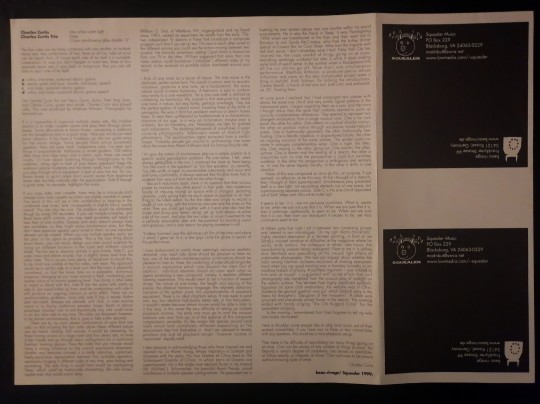


Charles CURTIS / Charles CURTIS Trio
"Ultra white violet Light / Sleep"
(2LP. Beau Rivage / Squealer. 1999 / rec. 1997) [US]
youtube
0 notes
Text
On the decks

EBK Bckdoe – Rookie of the Year Ok, I am a sucker for mainstream rap. Raunchy, stylistic, lyrics that make me guffaw and bass that makes me bump. Down.
Three of my favorite musicians combine to make a fabulous record. This stems from a session from May of 1999 and I am glad it’s finally made the light of day. Out on the ever so excellent Blank Forms Editions label. Sold!
#ebk bckdoe#charles curtis#alan licht#dean roberts#experimental#hip hop#bandcamp#spotfiy#on the decks
0 notes
Text
Daily Fact About Each U.S. President
Day 31: Charles Curtis
Charles Curtis was one-quarter Kansas Native American. He even spent his early childhood with the Kaw Native American tribe.
0 notes
Audio
Elektrosushi - Can't Get Enough Of Your Love (feat. Dirk Von Lowtzow & Charles Curtis)
Can't Get Enough Of Your Love written by Barry white
Vocals by Dirk Von Lowtzow / Tocotronic
Cello by Charles Curtis
Elektrosushi: Mark Kowarsch, Vanessa Kowarsch, Christian Hagedorn + William Honda
The band are chiefly remembered for 1996's brilliant, surreal, indie-dance cover of Barry White's classic Can't Get Enough Of Your Love with Dirk von Lowtzow (Tocotronic) and the internationally renowned performer and composer Charles Curtis on cello.
This track stormed college radio, particularly across the US, Japan and Australia.
0 notes
Link
#charles curtis#american history#american indian history#american presidents#herbert hoover#native americans#history stuff
0 notes
Text
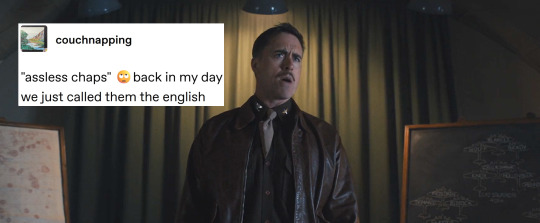



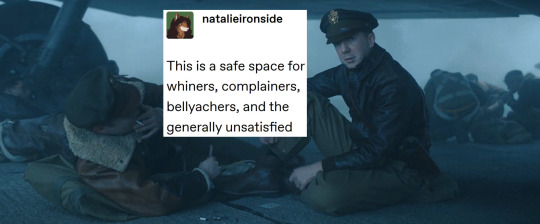
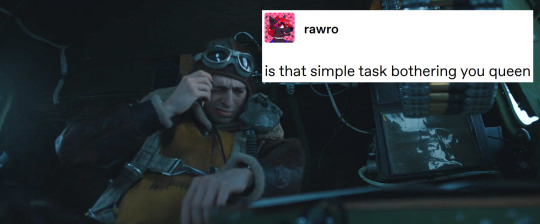
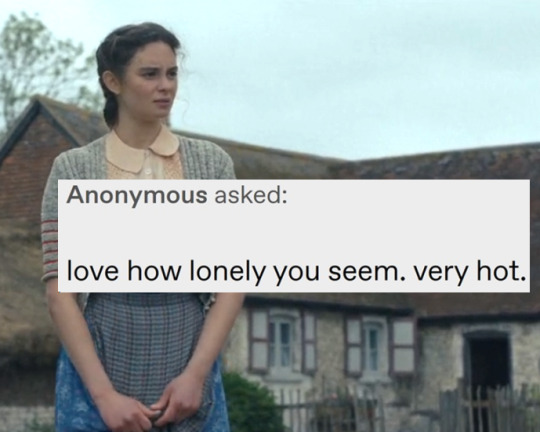





Masters of the Air - "Part Three"
10/?
#Second's MotA edit#MotA#Masters of the Air#Neil 'Chick' Harding#Curtis Biddick#Gale 'Buck' Cleven#John 'Bucky' Egan#Harry Crosby#Charles Cruikshank#William Quinn#Everett Blakely#Charles Bailey
208 notes
·
View notes
Text
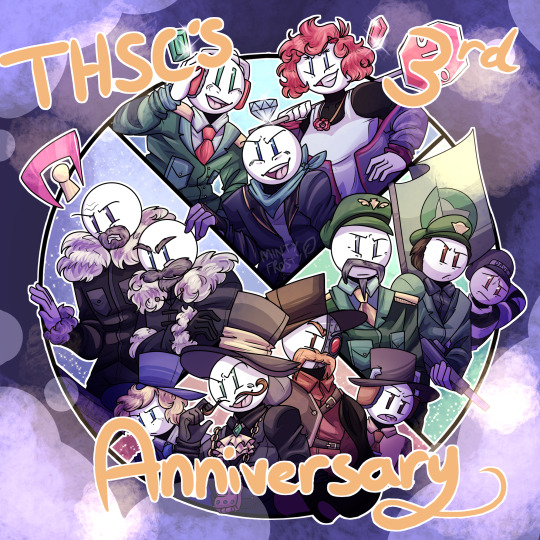
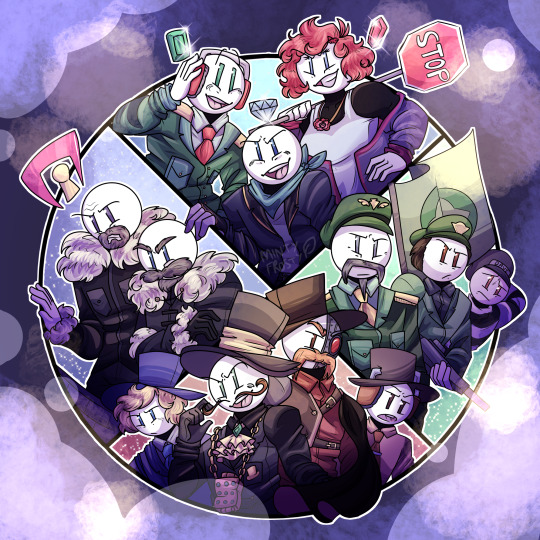
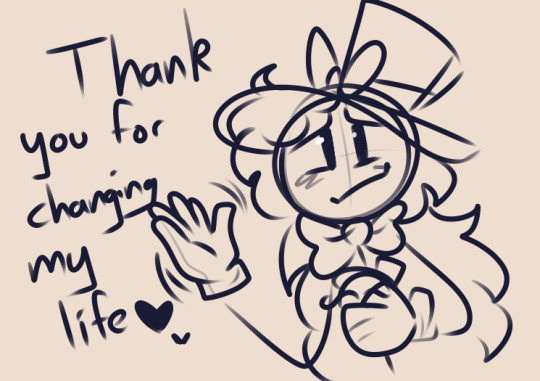
3 years have passed and it feels like a blink of an eye.
This series means more to me than I could ever put into words. The people I've met, the stories I've made, and the community I've found myself in-- it's been an absolutely wonderful ride, and some of the best memories I've ever had on the internet.
From the bottom of my heart, this series is so special to me. Thank you to everyone who supports me and adores this series as much as I do.
Love yall <3
#henry stickmin#the henry stickmin collection#reginald copperbottom#henry stickmin collection#reginald#thsc#mintyfrosty#ellie rose#charles calvin#thsc anniversary#galeforce#hubert galeforce#rupert price#dave panda#sven svensson#burt curtis#dmitri#grigori
655 notes
·
View notes
Text

silly stick doodles <3
#my art#the henry stickmin collection#thsc#henry stickmin#charles calvin#ellie rose#rupert price#dave panpa#sven svensson#burt curtis#right hand man#reginald copperbottom#hubert galeforce#polythreat#stickvin#rosemin#curtisson#panprice#copperright#wow that's a lotta tags#i probably forgot smth but oh well
175 notes
·
View notes
Text
Hey THSC fandom….. I have QUESTIONS—

Why is RHM…. Called Right Hand Man…. IF I SWEAR I SAW HIM IN JEWEL BARON USING HIS LEFT HAND ….INSTEAD OF HIS RIGHT???

I know I asked this before but—…. REALLY WHO OWNS THAT TEDDY BEAR THAT WAS INSIDE THE GOLD VAULT??
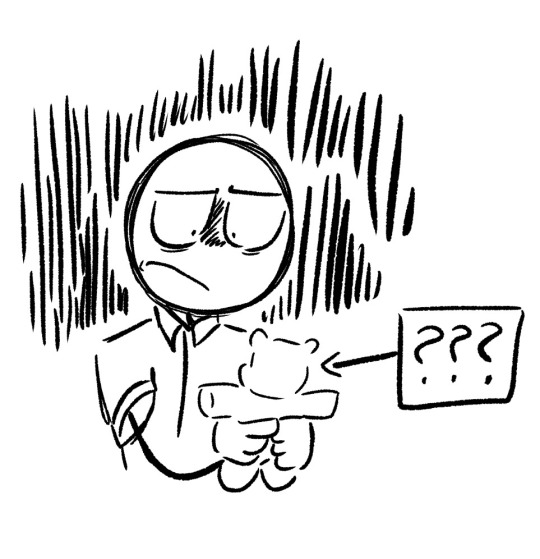
DOES BURT ACTUALLY SINGLE-HANDEDLY HAVE THE SUPREME DOMINANCE BUTTON ON HIS HAND???
He can actually wipe out the planet as a whole with that button—

What was Rupert’s reaction when Henry DUMPED him in the TRASH using the Nrg-drink???

HOW DID CHARLES FEEL AFTER GIVING THAT EPIC HIGH-FIVE LEAVING HENRY AND ELLIE TO FALL—????
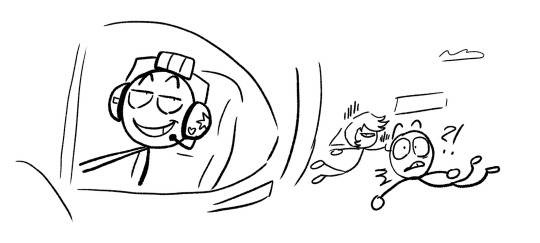
HOW did DAVE NOT SEE the package magically appear in ETP???

WHAT CRIMES DID ELLIE DO TO GET IN THE WALL IN THE FIRST PLACE?????

PONDER THSC FANDOM!!!!
PONDER—!!
#thsc#the henry stickmin collection#henry stickmin collection#captured!charles au#thsc rhm#thsc right hand man#henry stickmin#burt curtis#rupert price#charles calvin#dave panpa
145 notes
·
View notes
Note
HEY MAN!! ♪(๑ᴖ◡ᴖ๑)♪ If yer still taking art requests burt curtis would be pretty rad
VERYYY late request I finally got done.... hello coolguyontheblock... was this you...

(Extra curtisson doodle under the cut...)
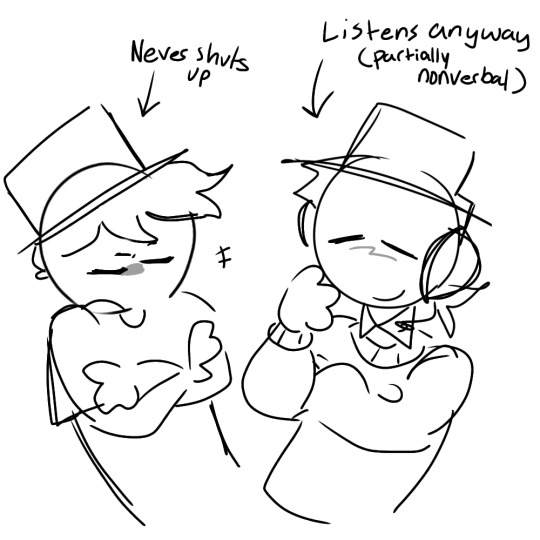
#i believe in the burt/charles long lost sibling theory.. just for shits and giggles..#thsc#burt curtis#the henry stickmin collection#art#thsc fanart#henry stickmin#curtisson#burt curtis x sven svensson#sven svensson#ibispaint art#ask box#art requests
88 notes
·
View notes
Text
Yeee Bro ( @capturecharlesau ) Your wish has been fulfilled >:D
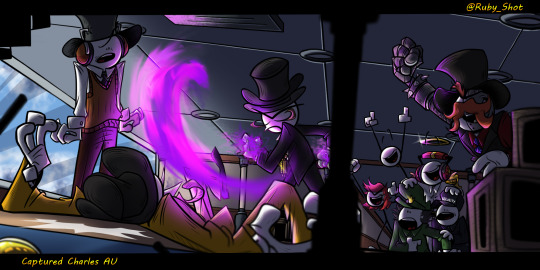
Reginald finally hit Terrence :o
#henry stickmin fanart#henry stickmin#reginald copperbottom#right hand man#charles calvin#ellie rose#burt curtis#rupert price#dave panpa
293 notes
·
View notes
Text
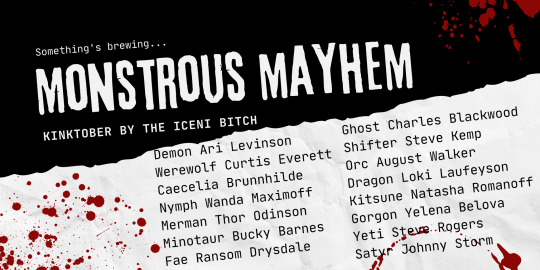
𝔑𝔞𝔱𝔞𝔩𝔦𝔢'𝔰 𝔎𝔦𝔫𝔨𝔱𝔬𝔟𝔢𝔯 𝔬𝔣 𝔐𝔬𝔫𝔰𝔱𝔯𝔬𝔲𝔰 𝔐𝔞𝔶𝔥𝔢𝔪
𝙿𝚛𝚎𝚙𝚊𝚛𝚎 𝚢𝚘𝚞𝚛𝚜𝚎𝚕𝚟𝚎𝚜 𝚏𝚘𝚛 𝚊 𝚖𝚘𝚗𝚝𝚑 𝚏𝚒𝚕𝚕𝚎𝚍 𝚠𝚒𝚝𝚑 𝚠𝚒𝚌𝚔𝚎𝚍 𝚊𝚗𝚍 𝚜𝚌𝚊𝚗𝚍𝚊𝚕𝚘𝚞𝚜 𝚍𝚎𝚕𝚒𝚐𝚑𝚝𝚜, 𝚠𝚒𝚝𝚑 𝚟𝚒𝚌𝚒𝚘𝚞𝚜 𝚊𝚗𝚍 𝚏𝚛𝚎𝚊𝚔𝚒𝚜𝚑 𝚕𝚘𝚟𝚎𝚛𝚜 𝚏𝚘𝚛 𝚠𝚑𝚊𝚝𝚎𝚟𝚎𝚛 𝚛𝚢𝚙𝚎 𝚘𝚏 𝚖𝚘𝚗𝚜𝚝𝚎𝚛 𝚢𝚘𝚞 𝚖𝚊𝚢 𝚏𝚊𝚗𝚌𝚢.
🥀𝙳𝚊𝚢 𝟷 - 𝙳𝚎𝚖𝚘𝚗 𝙰𝚛𝚒 𝙻𝚎𝚟𝚒𝚗𝚜𝚘𝚗 𝚡 𝚏𝚎𝚖𝚊𝚕𝚎!𝚠𝚒𝚝𝚌𝚑 𝚛𝚎𝚊𝚍𝚎𝚛: 𝚊𝚒𝚛𝚝𝚒𝚐𝚑𝚝, 𝚐𝚘𝚖𝚖𝚘𝚛𝚊𝚑𝚢, 𝚜𝚝𝚢𝚐𝚒𝚘𝚙𝚑𝚒𝚕𝚒𝚊
🌑𝙳𝚊𝚢 𝟸 - 𝚆𝚎𝚛𝚎𝚠𝚘𝚕𝚏 𝙲𝚞𝚛𝚝𝚒𝚜 𝙴𝚟𝚎𝚛𝚎𝚝𝚝 𝚡 𝚏𝚎𝚖𝚊𝚕𝚎!𝚛𝚎𝚊𝚍𝚎𝚛: 𝚔𝚗𝚘𝚝𝚝𝚒𝚗𝚐
🍷𝙳𝚊𝚢 𝟹 - 𝙲𝚊𝚎𝚌𝚎𝚕𝚒𝚊 𝙱𝚛𝚞𝚗𝚗𝚑𝚒𝚕𝚍𝚎 𝚡 𝚏𝚎𝚖𝚊𝚕𝚎!𝚛𝚎𝚊𝚍𝚎𝚛: 𝚜𝚑𝚘𝚔𝚞𝚜𝚑𝚞 𝚐𝚘𝚞𝚔𝚊𝚗, 𝚠𝚊𝚔𝚊𝚖𝚎𝚣𝚊𝚔𝚎
🗡️𝙳𝚊𝚢 𝟺 - 𝙽𝚢𝚖𝚙𝚑 𝚆𝚊𝚗𝚍𝚊 𝙼𝚊𝚡𝚒𝚖𝚘𝚏𝚏 𝚡 𝚐𝚘𝚍𝚍𝚎𝚜𝚜!𝚏𝚎𝚖𝚊𝚕𝚎 𝚛𝚎𝚊𝚍𝚎𝚛: 𝚊𝚌𝚝𝚒𝚛𝚊𝚜𝚝𝚢, 𝚊𝚗𝚝𝚑𝚘𝚕𝚊𝚐𝚗𝚒𝚊
🪓𝙳𝚊𝚢 𝟻 - 𝙼𝚎𝚛𝚖𝚊𝚗 𝚃𝚑𝚘𝚛 𝙾𝚍𝚒𝚗𝚜𝚘𝚗 𝚡 𝚙𝚛𝚒𝚗𝚌𝚎𝚜𝚜!𝚏𝚎𝚖𝚊𝚕𝚎 𝚛𝚎𝚊𝚍𝚎𝚛: 𝚊𝚕𝚋𝚞𝚝𝚘𝚙𝚑𝚒𝚕𝚒𝚊
🔪𝙳𝚊𝚢 𝟼 - 𝙼𝚒𝚗𝚘𝚝𝚊𝚞𝚛 𝙱𝚞𝚌𝚔𝚢 𝙱𝚊𝚛𝚗𝚎𝚜 𝚡 𝚌𝚑𝚞𝚋𝚋𝚢!𝚙𝚛𝚒𝚗𝚌𝚎 𝚖𝚊𝚕𝚎 𝚛𝚎𝚊𝚍𝚎𝚛: 𝚊𝚕𝚟𝚒𝚗𝚘𝚕𝚊𝚐𝚗𝚒𝚊, 𝚊𝚗𝚊𝚜𝚝𝚎𝚎𝚖𝚊𝚙𝚑𝚒𝚕𝚒𝚊
🩸𝙳𝚊𝚢 𝟽 - 𝙵𝚊𝚎 𝚁𝚊𝚗𝚜𝚘𝚖 𝙳𝚛𝚢𝚜𝚍𝚊𝚕𝚎 𝚡 𝚌𝚊𝚙𝚝𝚒𝚟𝚎!𝚏𝚎𝚖𝚊𝚕𝚎 𝚛𝚎𝚊𝚍𝚎𝚛: 𝚙𝚎𝚝 𝚙𝚕𝚊𝚢, 𝚌𝚊𝚗𝚍𝚊𝚞𝚕𝚒𝚜𝚖, 𝚌𝚊𝚝𝚎𝚐𝚎𝚕𝚘𝚙𝚑𝚒𝚕𝚒𝚊
⚰️𝙳𝚊𝚢 𝟾 - 𝙶𝚑𝚘𝚜𝚝 𝙲𝚑𝚊𝚛𝚕𝚎𝚜 𝙱𝚕𝚊𝚌𝚔𝚠𝚘𝚘𝚍 𝚡 𝚏𝚎𝚖𝚊𝚕𝚎!𝚛𝚎𝚊𝚍𝚎𝚛: 𝚊𝚐𝚛𝚎𝚡𝚘𝚙𝚑𝚒𝚕𝚒𝚊, 𝚐𝚛𝚎𝚐𝚘𝚖𝚞𝚕𝚌𝚒𝚊
🪓𝙳𝚊𝚢 𝟿 - 𝚂𝚑𝚒𝚏𝚝𝚎𝚛 𝚂𝚝𝚎𝚟𝚎 𝙺𝚎𝚖𝚙 𝚡 𝚏𝚎𝚖𝚊𝚕𝚎!𝚛𝚎𝚊𝚍𝚎𝚛: 𝚜𝚌𝚕𝚎𝚛𝚘𝚙𝚑𝚒𝚕𝚒𝚊, 𝚡𝚎𝚗𝚘𝚕𝚊𝚐𝚗𝚒𝚊
🌚𝙳𝚊𝚢 𝟷𝟶 - 𝙾𝚛𝚌 𝙰𝚞𝚐𝚞𝚜𝚝 𝚆𝚊𝚕𝚔𝚎𝚛 𝚡 𝚏𝚎𝚖𝚊𝚕𝚎!𝚛𝚎𝚊𝚍𝚎𝚛: 𝚊𝚐𝚘𝚗𝚘𝚙𝚑𝚒𝚕𝚒𝚊, 𝚊𝚕𝚐𝚘𝚕𝚊𝚐𝚗𝚒𝚊
🥀𝙳𝚊𝚢 𝟷𝟷 - 𝙳𝚛𝚊𝚐𝚘𝚗 𝙻𝚘𝚔𝚒 𝙻𝚊𝚞𝚏𝚎𝚢𝚜𝚘𝚗 𝚡 𝚖𝚊𝚕𝚎!𝚛𝚎𝚊𝚍𝚎𝚛: 𝚝𝚒𝚖𝚘𝚙𝚑𝚒𝚕𝚒𝚊
🌑𝙳𝚊𝚢 𝟷𝟸 - 𝙺𝚒𝚝𝚜𝚞𝚗𝚎 𝙽𝚊𝚝𝚊𝚜𝚑𝚊 𝚁𝚘𝚖𝚊𝚗𝚘𝚏𝚏 𝚡 𝚏𝚎𝚖𝚊𝚕𝚎!𝚛𝚎𝚊𝚍𝚎𝚛: 𝚊𝚖𝚊𝚝𝚛𝚒𝚙𝚜𝚒𝚜, 𝚔𝚒𝚗𝚋𝚊𝚔𝚞
🩸𝙳𝚊𝚢 𝟷𝟹 - 𝙶𝚘𝚛𝚐𝚘𝚗 𝚈𝚎𝚕𝚎𝚗𝚊 𝙱𝚎𝚕𝚘𝚟𝚊 𝚡 𝚏𝚎𝚖𝚊𝚕𝚎!𝚛𝚎𝚊𝚍𝚎𝚛: 𝚊𝚌𝚑𝚕𝚞𝚘𝚙𝚑𝚒𝚕𝚒𝚊
🗡️𝙳𝚊𝚢 𝟷𝟺 - 𝚈𝚎𝚝𝚒 𝚂𝚝𝚎𝚟𝚎 𝚁𝚘𝚐𝚎𝚛𝚜 𝚡 𝚖𝚊𝚕𝚎!𝚛𝚎𝚊𝚍𝚎𝚛: 𝚊𝚞𝚝𝚊𝚜𝚜𝚊𝚜𝚒𝚗𝚘𝚙𝚑𝚒𝚕𝚒𝚊, 𝚌𝚑𝚎𝚒𝚖𝚊𝚙𝚑𝚒𝚕𝚒𝚊
🍷𝙳𝚊𝚢 𝟷𝟻 - 𝚂𝚊𝚝𝚢𝚛 𝙹𝚘𝚑𝚗𝚗𝚢 𝚂𝚝𝚘𝚛𝚖 𝚡 𝚖𝚊𝚎𝚗𝚊𝚍!𝚏𝚎𝚖𝚊𝚕𝚎 𝚛𝚎𝚊𝚍𝚎𝚛: 𝚑𝚎𝚍𝚘𝚗𝚘𝚙𝚑𝚒𝚕𝚒𝚊, 𝚘𝚎𝚗𝚘𝚜𝚞𝚐𝚒𝚊
#nat does kinktober#kinktober#kinktober 2023#monstrous mayhem#monster fucker#female reader#male reader#ari levinson#curtis everett#brunnhilde#wanda maximoff#thor odinson#bucky barnes#ransom drysdale#charles blackwood#steve kemp#august walker#loki laufeyson#natasha romanoff#yelena belova#steve rogers#johnny storm
244 notes
·
View notes
Text





The Great Gatsby
Paper Mill Playhouse, 2023
Dir. Marc Bruni
(Photos by Jeremy Daniel)
#the great gatsby#the great gatsby musical#eva noblezada#jeremy jordan#noah j ricketts#samantha pauly#sarah chase#Stanley w mathis#paul whitty#john zdrojeski#cataloging theatre#Curtis Holland#Natalie Charle Ellis#Colin Cunliffe#Austin Colby#Ayla Ciccone-Burton#Raymond Edward Baynard#Lauryn Adams#Katie Webber#Tanairi Vazquez#Jake Urban#Jake Trammel#Maya Sistruck#Dan Rosales#Julio Rey#Mariah Reives#Pascal Pastrana#Dariana Mullen#Brianna Kim#anyways. obsessed w the third picture
147 notes
·
View notes
Text
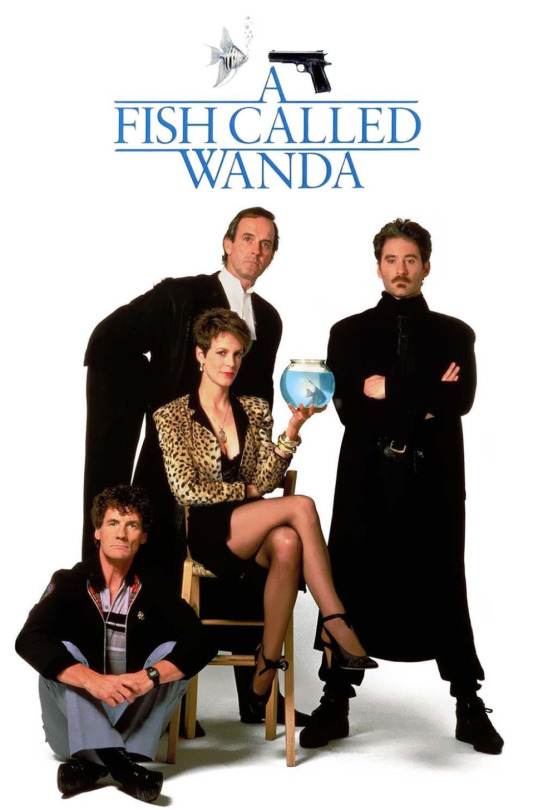
#movies#polls#a fish called wanda#fish called wanda#80s movies#charles crichton#jamie lee curtis#john cleese#kevin kline#requested#have you seen this movie poll
91 notes
·
View notes
Text
And some Henry Stickmin in the safety sign generator starring the three headphones boys!
Expect more soon since the generator has some amusing results.



(Original Sign)

I wrote the text on Charles’ sign and Burt and Quentin’s were random but fitting.
#PuffballsUnited#Henry Stickmin#THSC#Charles Calvin#Burt Curtis#Quentin Alabaster#safety sign generator#FlowerBarrel Art#Silly post
59 notes
·
View notes